Uses of Microscope cover slips
- Protecting the Specimen:
Cover slips protect the specimen from damage by reducing direct contact with the microscope’s objective lens.
- Flattening the Sample:
By placing a cover slip over the specimen, it flattens out liquid samples or soft tissues, allowing for clearer, more consistent viewing under the microscope.
- Preventing Sample Evaporation:
For wet mount slides, cover slips help prevent the evaporation of liquid samples, ensuring the sample remains hydrated during observation.
- Enhancing Image Clarity:
A cover slip improves image clarity and sharpness by reducing light refraction between the specimen and the microscope’s objective lens, allowing for better focus.
- Maintaining a Thin, Uniform Layer:
It ensures that the sample has an even thickness, which is crucial for viewing at high magnifications.
- Preserving the Sample:
In some cases, cover slips can also help in the long-term preservation of a sample, especially when sealed with mounting media.
- Preventing Contamination:
It acts as a barrier between the specimen and external contaminants, ensuring a cleaner observation.



 LABORATORY EQUIPMENT & APPARATUS
LABORATORY EQUIPMENT & APPARATUS
 Fertilizers
Fertilizers Plant Growth Regulators
Plant Growth Regulators Soil Conditioners
Soil Conditioners Animal Feed Additives
Animal Feed Additives Biostimulants
Biostimulants Dough Conditioners
Dough Conditioners Flour Treatments
Flour Treatments Fat Replacers
Fat Replacers Preservatives (baking)
Preservatives (baking)
 Surfactants (cleaning)
Surfactants (cleaning) Builders
Builders Bleaching Agents
Bleaching Agents Enzymes
Enzymes Solvents (cleaning)
Solvents (cleaning) Fragrances
Fragrances


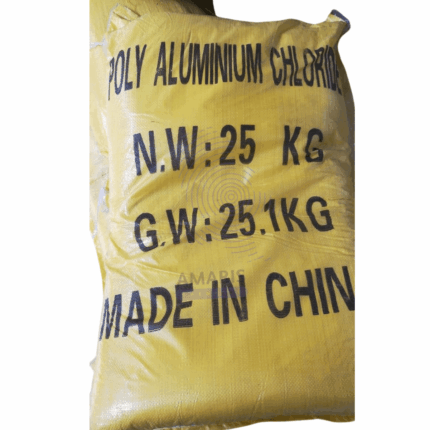


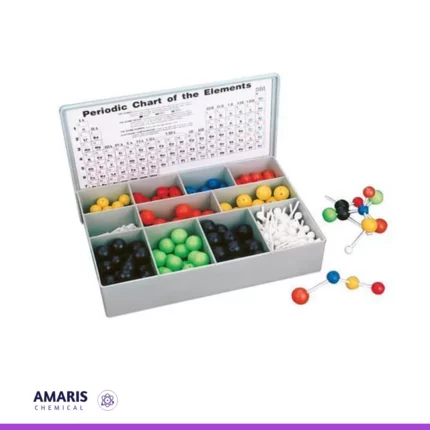
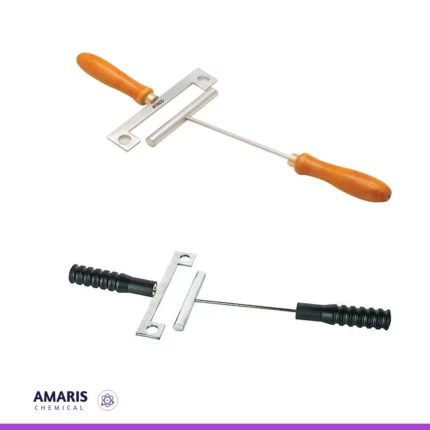


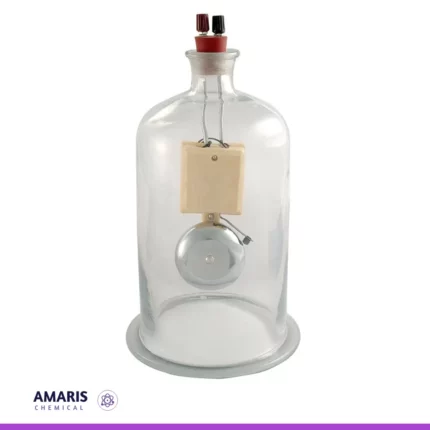
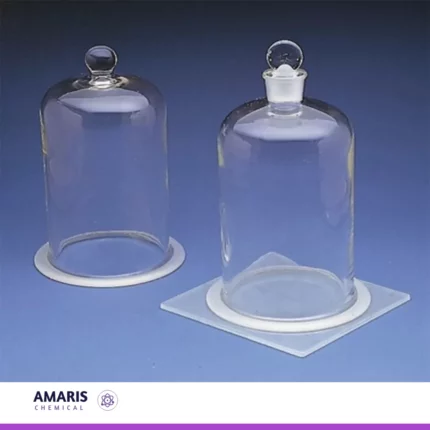
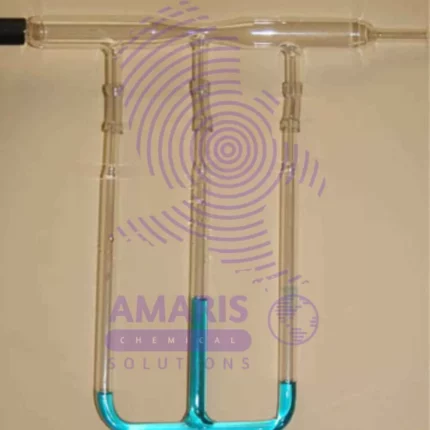
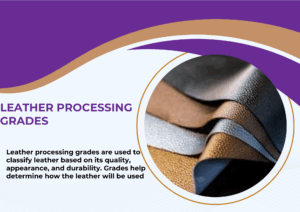












Reviews
There are no reviews yet.